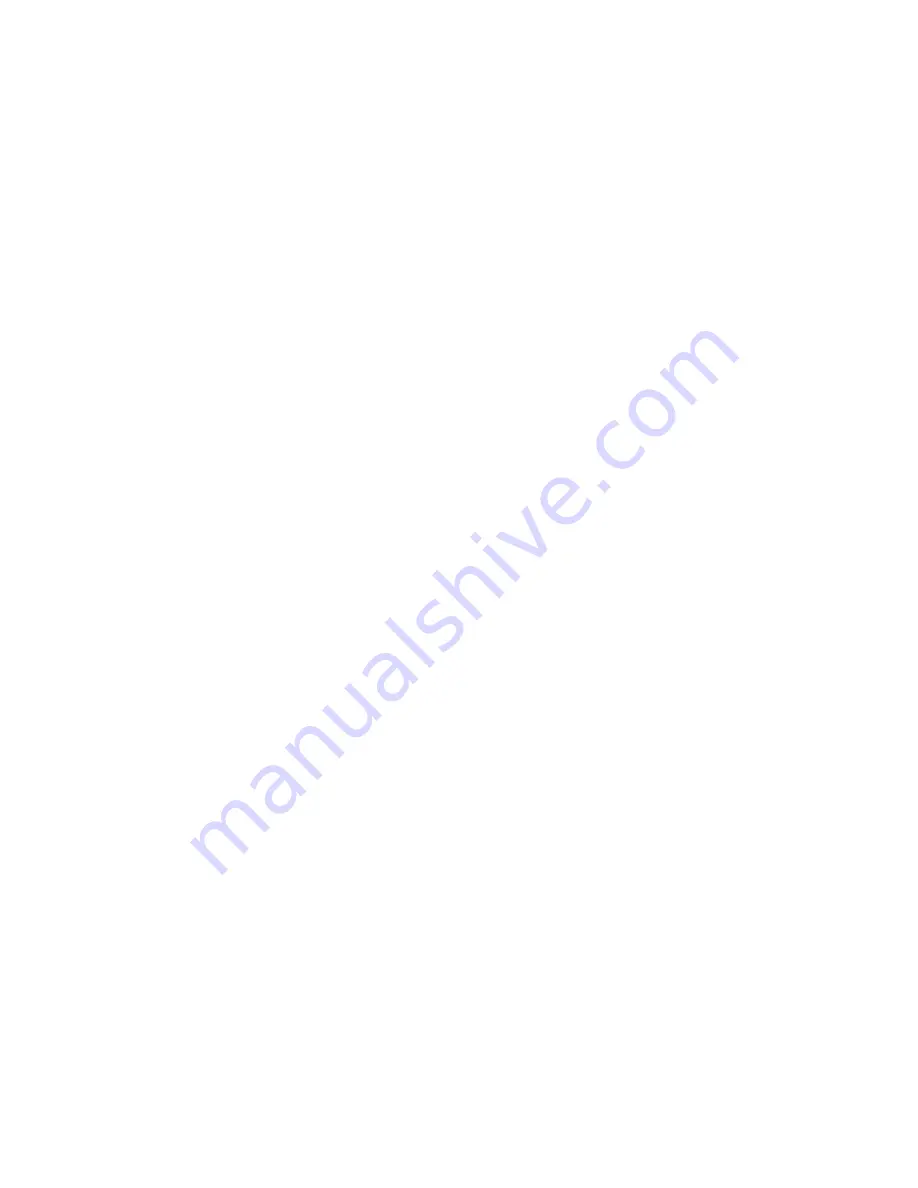
ALWAYS keep protective structures, guards,
and panels in good repair, in place and
securely fastened. NEVER modify or remove
safety devices.
Stop and inspect equipment if there is an
unusual vibration. Repair, if necessary, before
restarting. Never make adjustments or repairs
without first disconnecting the spark plug
wire.
Keep all hardware properly tightened.
Maintain or replace safety and instruction
labels, as necessary.
Use only attachments or accessories
designed for your unit.
Check attachment components frequently. If
worn or damaged, replace with
manufacturer’s recommended parts.
This product is equipped with an internal
combustion engine. DO NOT use on or near
any unimproved, forest covered or brush
covered land unless the exhaust system is
equipped with a spark arrester meeting
applicable local, state or federal laws. A spark
arrester, if used, must be maintained in
effective working order by the operator.
DO NOT run engine in an enclosed area.
Always provide good ventilation. Fumes from
engine exhaust can cause injury or death.
Fuel is highly flammable and its vapors are
explosive. Handle with care. Use an
approved fuel container.
No smoking, No sparks, No flames. ALWAYS
allow engine to cool before servicing.
NEVER fill fuel tank when engine is running
or hot from operation.
NEVER fill or drain fuel tank indoors.
•
Be sure to stop the engine and relieve
hydraulic pressure before doing any
work on hydraulic parts.
•
Keep body and hands away from pin
holes or nozzles which expel hydraulic
fluid when under pressure. Use paper
or cardboard, not hands, to search for
leaks.
•
Ensure all hydraulic fluid connections
are tight and all hydraulic hoses and
lines are in good condition before
applying pressure to system.
•
FOREIGN FLUID INJECTED INTO
BODY can result in gangrene. Fluid
must be surgically removed within a
few hours by a doctor familiar with this
form of injury.
•
Do not adjust the pressure settings on
the hydraulic pump or valve.
ALWAYS maintain unit in safe operating
condition. Damaged or worn out muffler can
cause fire or explosion.
Disconnect unit from tow vehicle before
using.
Use wheel chocks to prevent movement of
unit during operation.
Logs should be cut with square ends before
placing on splitter.
When placing logs on unit position hands on
sides (bark side) of logs and not on the ends.
Never place hands or any part of the body
between a log and any part of the log splitter.
Do not attempt to stabilize logs with legs or
feet while operating. Moving parts can cut off
or crush body parts.
Do not split more than one log at a time
unless the cylinder has been fully extended
and a second log is needed to complete the
separation of the first log.
Replace fuel cap securely and clean up
spilled fuel.
Never fill fuel containers inside a vehicle or
on a truck or trailer bed with a plastic liner.
Always place containers on the ground away
from your vehicle before filling.
Keep the nozzle in contact with the rim of the
fuel tank or container opening at all times until
fueling is complete. Do not use a nozzle lock-
open device.
If fuel is spilled on clothing, change clothing
immediately.
NEVER store fuel inside where there is an
open flame, such as a water heater.
HYDRAULIC FLUID can result in severe
burns
.
Fluid in hydraulic system can
penetrate skin and result in serious injury or
death.
Position logs against end plate grips before
operating hydraulic cylinder.
Split logs end to end in the direction of the
grain, not against the grain.
Keep fingers and hands away from cracks in
logs while splitting. These can quickly close
and pinch or crush body parts.
On logs that are not square place the longest
portion of the log closest to the beam and the
most square end against the splitter wedge.
Use only your hand to operate the control
lever.
5





















